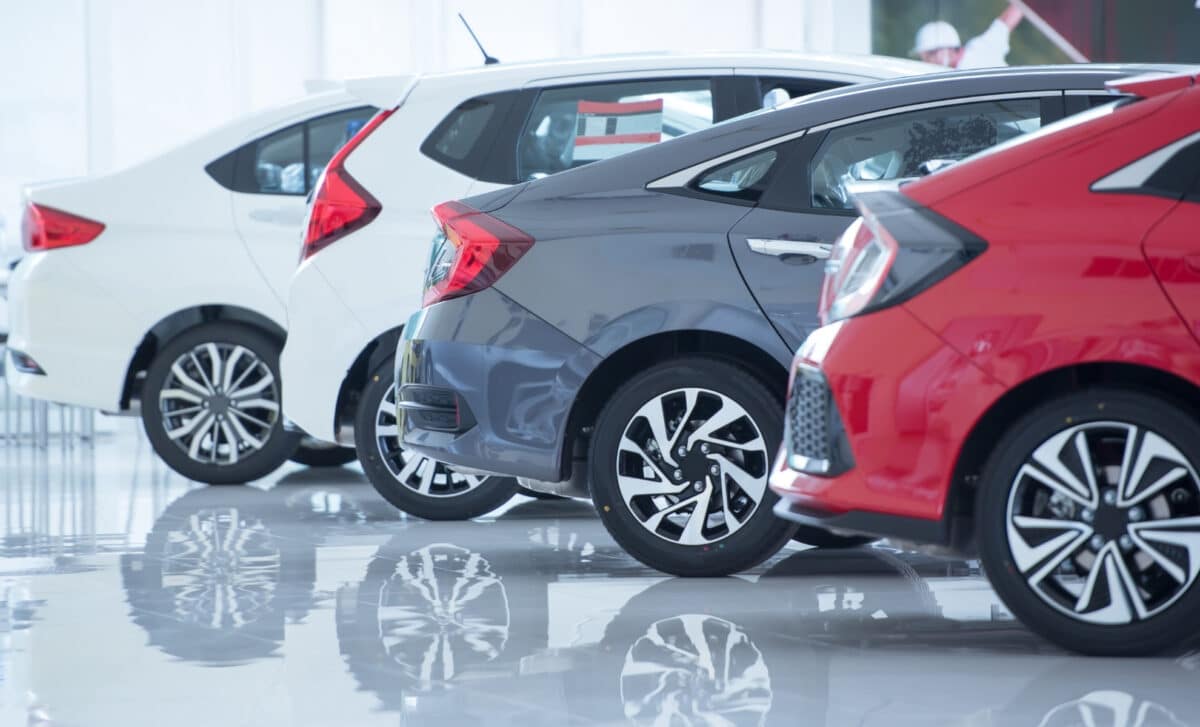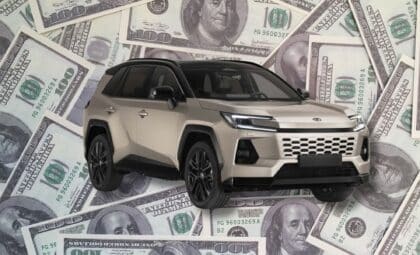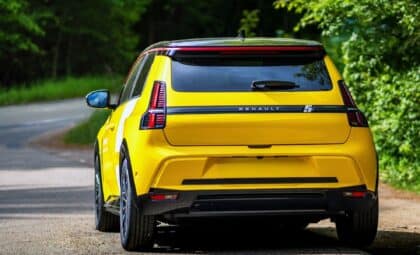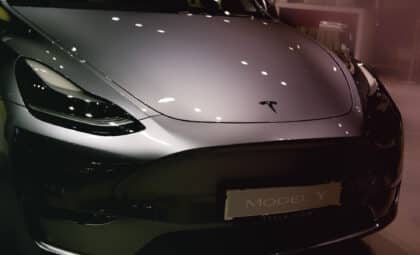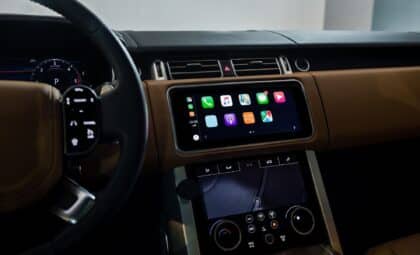Longevity remains one of the most telling indicators of a car’s design quality and overall reliability. For consumers, this can translate into serious long-term savings and a higher resale value. While flashy features may attract initial interest, it’s a car’s ability to withstand time that truly matters—and some brands clearly do better than others.
According to a large-scale study by the analytics firm iSeeCars, which examined the lifespan of more than 174 million vehicles, significant differences emerge between mainstream (non-luxury) automakers.
The study focused on identifying which car brands are most likely to produce models that reach at least 400,000 kilometers, or 250,000 miles. While some of the results confirm long-standing reputations, others might come as a surprise to many drivers.
Japanese Automakers Still Lead the Way
The findings are clear: Japanese brands dominate the top of the ranking. Toyota leads by a wide margin, with 17.8% of its vehicles expected to surpass the 400,000 km threshold. That figure is 3.5 times higher than the industry average of 5.1%. Honda follows in second place with 10.8%, more than twice the average.
According to RPM, this level of durability isn’t just about quality materials—it also reflects long-standing engineering practices focused on reliability. These numbers echo the consistent consumer trust that both Toyota and Honda have built over decades. Mazda, another Japanese nameplate, rounds out the top five with 3.6%, showing a more modest but still notable performance.
On the flip side, some other Asian automakers like Hyundai and Kia show far lower numbers, both hovering around 0.6%, significantly below average. This reflects ongoing concerns from analysts and consumers about the long-term durability of South Korean models, an issue frequently discussed in forums and reports alike.
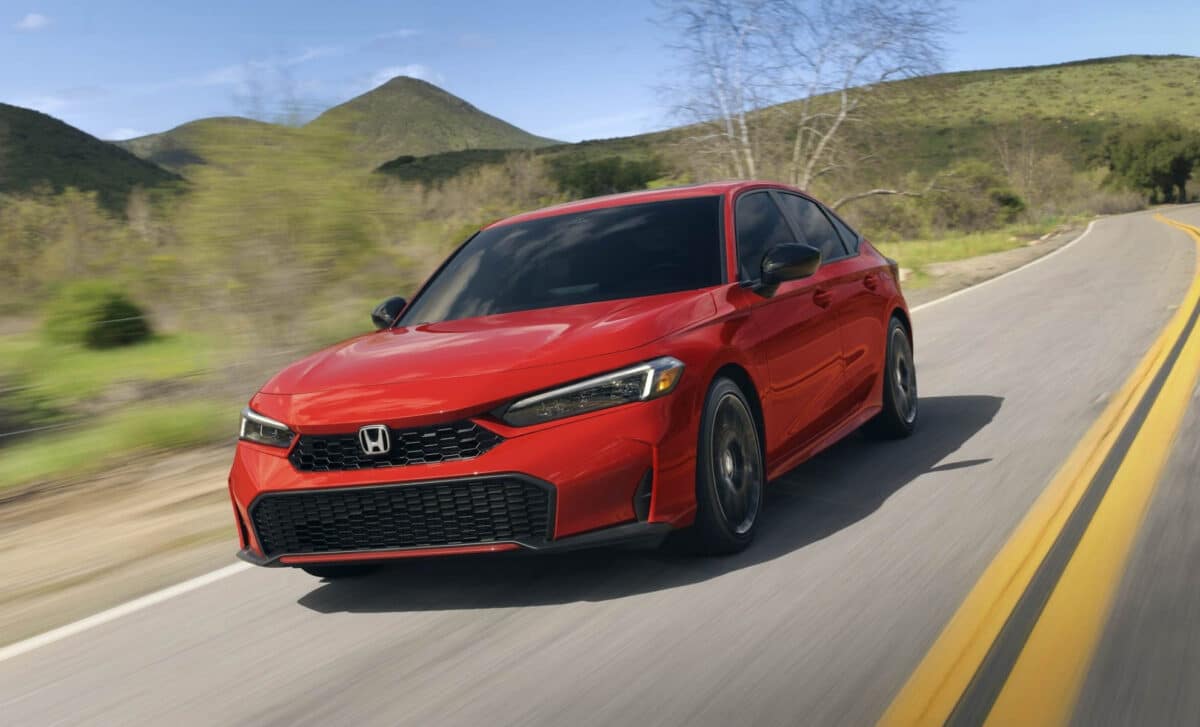
Domestic Brands in the Middle of the Pack
While the top spots are firmly held by Japanese manufacturers, a few American brands also show respectable results. GMC and Chevrolet rank third and fourth, with 4.6% and 4.5%, respectively. These figures place them just under the average, suggesting decent, though not standout, performance.
Ram follows closely with 3.5%, while Ford comes in at 3.1%. According to iSeeCars, these percentages indicate a consistent, albeit less exceptional, ability to produce long-lasting vehicles. The report also highlights that these brands often offer models built for rugged utility—pickup trucks and larger SUVs—which may partly account for their relatively better performance.
In contrast, Dodge, Jeep, and Chrysler display significantly weaker durability, with Dodge at 2.5%, Jeep at 1.3%, and Chrysler bringing up the rear at 0.5%. This positions them well below the average, suggesting potential concerns for long-term buyers who value vehicle lifespan.
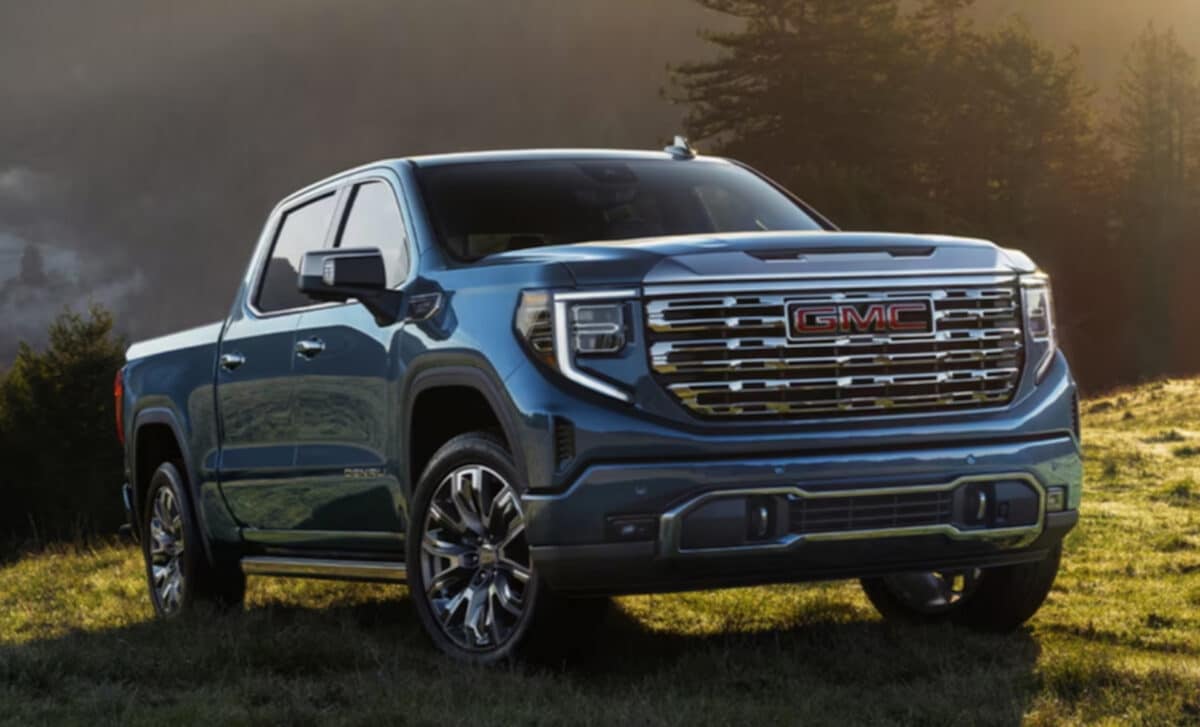
Some Brands Fall Short of Expectations
At the bottom of the list are Volkswagen, MINI, and again, several Korean brands. Volkswagen logs in at 0.4%, while MINI scores 0.0%, making it the only brand in the ranking with no vehicles expected to reach the 400,000 km mark. This underperformance may reflect both engineering limitations and different design priorities, such as emphasis on compactness or performance over durability.
Meanwhile, Mitsubishi shows only 1.1% of vehicles likely to hit the mileage milestone. These low numbers often translate into lower resale value and raise questions for those considering long-term ownership. The data, while historical, paints a revealing picture of how various brands manage to—or fail to—build vehicles that endure.
The study relies on past performance data and doesn’t account for recent changes in drivetrain technologies or the growing shift toward electrification. Nonetheless, the current rankings provide valuable insight into what brands have consistently delivered over time—and which may struggle to keep up.

